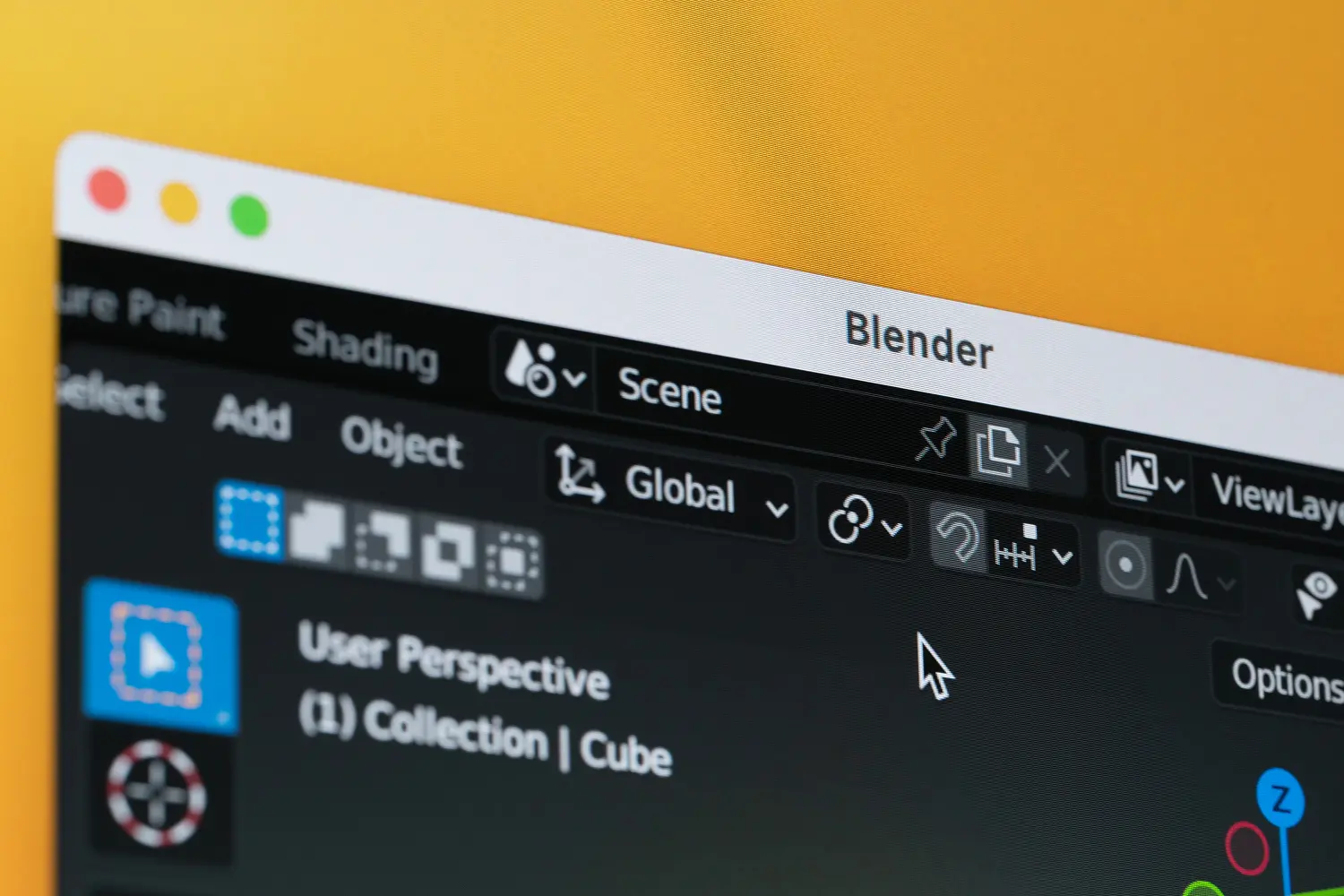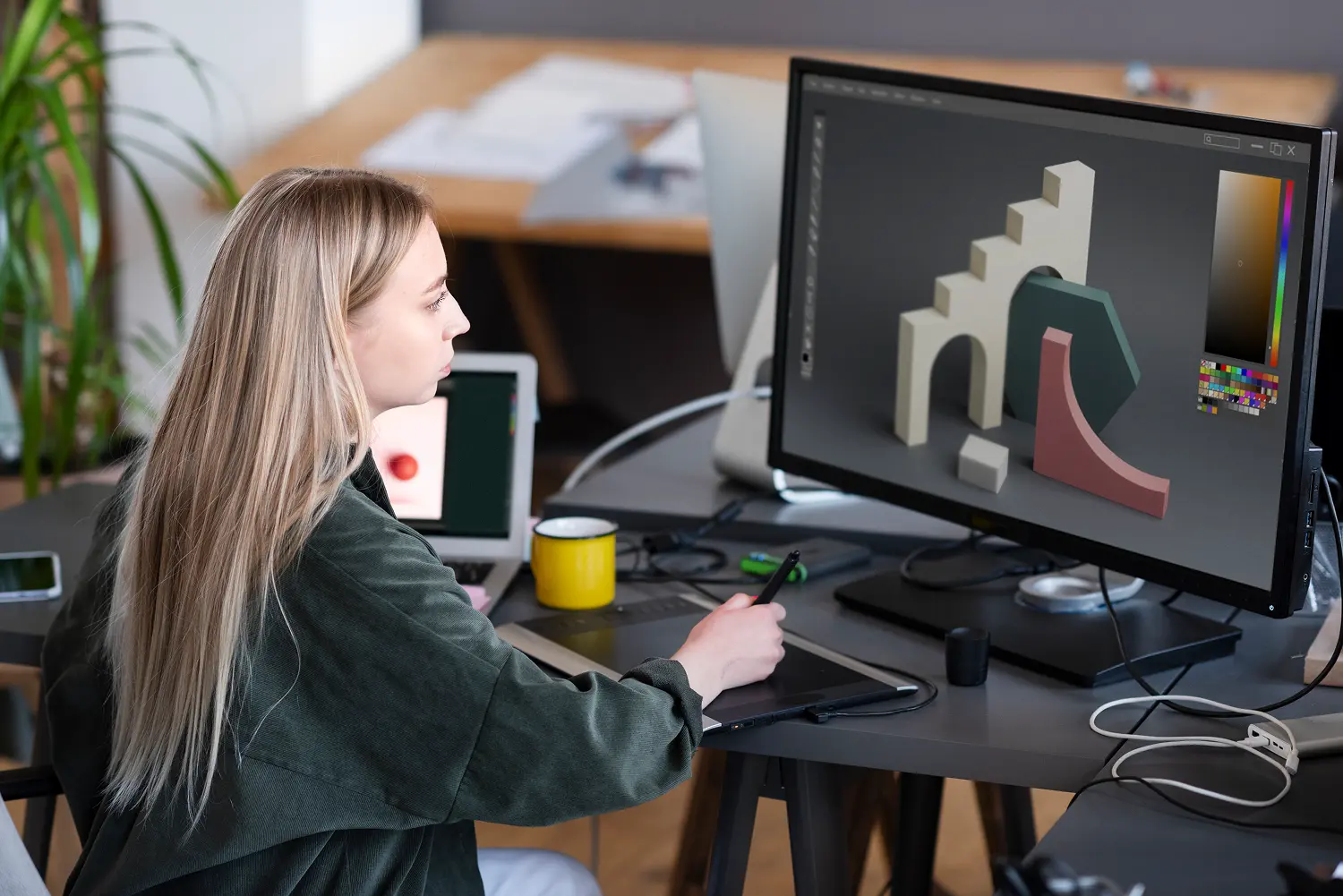In the dynamic world of visual storytelling, the terms “motion graphics” and “animation” often get used interchangeably. However, understanding the nuances between the two can help you choose the right medium for your project, whether it’s a corporate video, product demo, or any other visual content. In this blog post, we’ll delve into the key differences between motion graphics and animation, exploring their unique characteristics and ideal uses.
What Are Motion Graphics?
Motion graphics are a type of digital footage or animation that creates the illusion of motion or rotation and are usually combined with audio for multimedia projects. They often include elements like text, shapes, and icons, which are brought to life through movement. The primary focus of motion graphics is to present information in an engaging way.
Key Characteristics of Motion Graphics
- Text and Shape-Based: Motion graphics heavily rely on the movement of text and basic shapes like circles, squares, and lines. These elements are animated to convey messages clearly and effectively.
- Informational and Educational: They are often used in explainer videos, presentations, and data visualizations where the goal is to inform or educate the audience.
- Stylized Simplicity: The design of motion graphics is generally clean and straightforward, focusing on clarity rather than complex visuals.
- Versatility: Motion graphics can be used across various media, including websites, social media, television, and digital displays.
Ideal Uses for Motion Graphics
- Corporate Videos: To present company information or data in a visually appealing way.
- Product Demos: To explain how a product works or highlight its features.
- Educational Content: For tutorials, e-learning, and other instructional materials.
- Marketing Campaigns: To create eye-catching ads and social media content.
What Is Animation?
Animation, on the other hand, is a broader term that encompasses any technique that makes static images move. This includes traditional hand-drawn animations, stop-motion, 3D computer animations, and more. Animations are often story-driven and can include characters, backgrounds, and intricate details that create a rich, immersive experience.
Key Characteristics of Animation
- Story-Driven: Animations typically tell a story, whether it’s a short clip, a TV show, or a full-length movie.
- Character Animation: The inclusion of characters that move and interact in a lifelike manner is a hallmark of animation.
- Complex Visuals: Animations can be highly detailed, with intricate backgrounds, lighting effects, and fluid movements.
- Complex Visuals: Animations can be highly detailed, with intricate backgrounds, lighting effects, and fluid movements.
Ideal Uses for Animation
- Entertainment: Animated movies, TV shows, and web series.
- Storytelling: Short films, commercials, and any content that requires narrative depth.
- Detailed Demonstrations: Complex product demos and simulations, especially in fields like medicine or engineering.
- Creative Expression: Artistic projects, music videos, and other forms of creative media.
Key Differences Between Motion Graphics and Animation
While both motion graphics and animation involve movement, they serve different purposes and employ different techniques. Here are the main distinctions:
- Purpose: Motion graphics aim to present information clearly and concisely, often without a narrative. Animation, however, focuses on storytelling and character development.
- Complexity: Motion graphics are generally simpler and more stylized, while animations can be highly detailed and complex.
- Elements: Motion graphics often use text and shapes, whereas animation includes characters, backgrounds, and intricate visual details.
- Usage: Motion graphics are commonly used in corporate and educational settings, while animations are prevalent in entertainment and storytelling.
Choosing the Right Medium
Deciding whether to use motion graphics or animation depends on your project’s goals and the message you want to convey. If you need to present information quickly and clearly, motion graphics might be the way to go. If your project involves storytelling or requires a high level of detail, animation could be more suitable.



